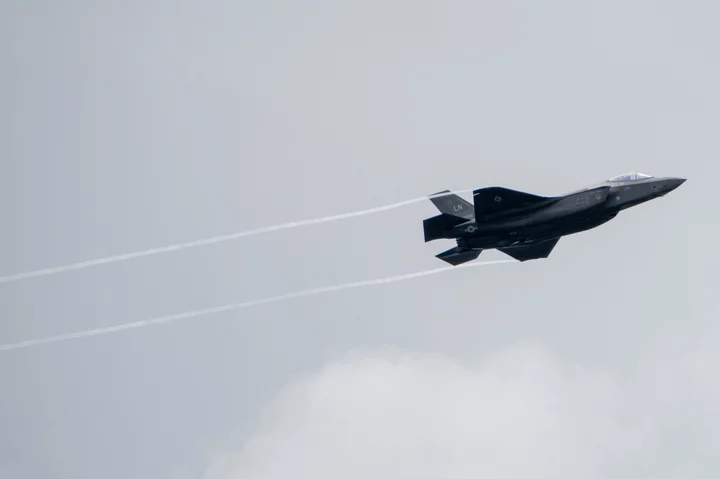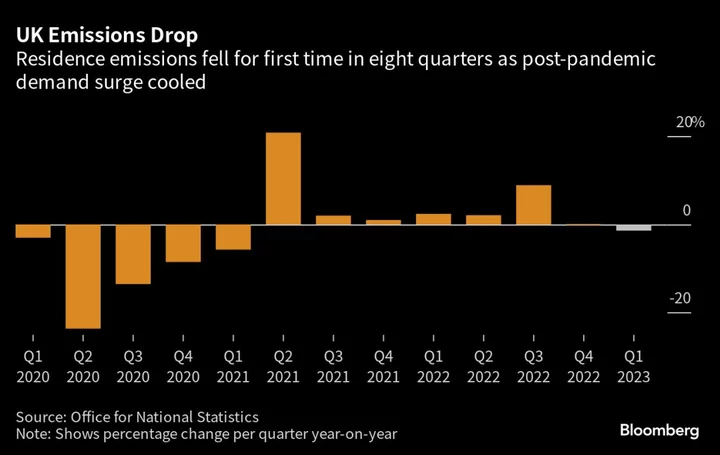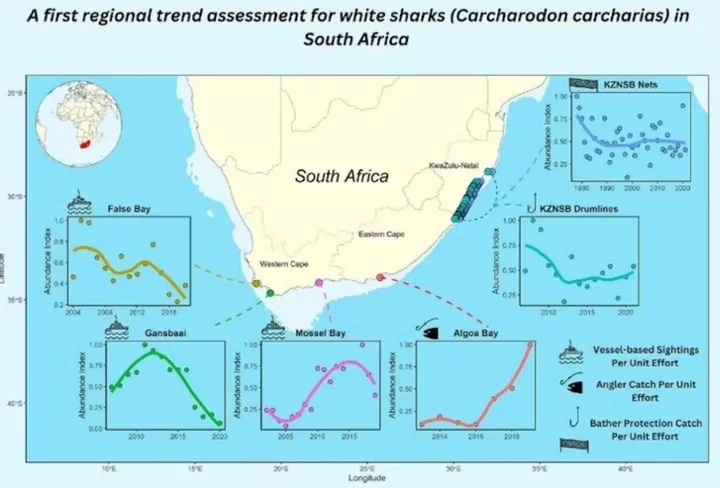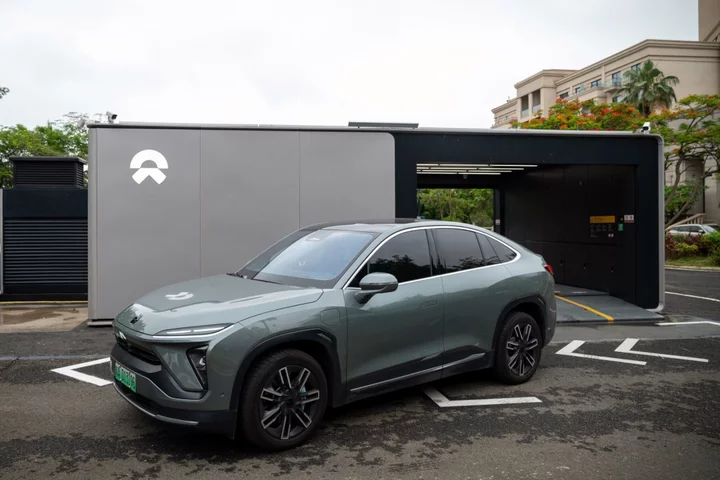The Pentagon will withhold about 10% of the price for new F-35s from Lockheed Martin Corp. until the contractor shows that new software works properly, potentially delaying more than $400 million in payments by December on 52 of the advanced fighter jets.
The aircraft needs the delay-plagued software upgrade to function just right with new cockpit hardware before it can carry more precise weapons and gather more information on enemy aircraft and air defenses. The “TR-3” upgrade will increase processing power 37 times and memory 20 times over the F-35’s current capabilities. The Defense Department said Lockheed’s contract calls for it to deliver as many as nine jets a month with the improved software and hardware.
The contractor is paid 90% of each plane’s price tag during the stages of assembly for work completed. The remaining 10% depends on signed paperwork validating that the plane’s requirements have been met.
Investors will be looking for more information on delayed F-35 deliveries and repercussions for Lockheed’s cash flow when the company reports its earnings on Tuesday.
The payment delays are only the latest snag for the TR-3 upgrade, which is meant to replace decade-old processing power for the jet but has been plagued by delays and cost overruns. The original contract for the software, signed in 2018, has almost doubled from $712 million, and Lockheed won’t receive any profit from the upgrade work.
Read more: Crucial F-35 Computing Upgrade Sees New Cost Overrun and Delay
The first four jets with the improved software and hardware are on track to roll out of Lockheed’s plant this month but will be placed in storage until the software’s performance is fully validated, according to the Pentagon’s F-35 program office. Lockheed is under contract to deliver 143 F-35s by December 31, including 91 models without the newest software and hardware. As of July 14, 62 of those planes have been delivered, according to the Defense Department.
Testing of the new TR-3 software is a high priority, program office spokesman Russell Goemaere in a statement. “We are increasing our flight test capability and will update our risk assessment on deliveries as new data is validated.” Based on current assessments, Lockheed could start delivering approved TR-3 aircraft “as early as December 2023 and as late as April 2024,” he said.
“Once the software is validated it will be uploaded to the aircraft” which is “a relatively simple process that will take a week or less to complete,” Goemaere said. “Once the software is loaded and tested the aircraft can be accepted and delivered.”
Asked for comment, Lockheed said in a statement, “We are in our earnings quiet period and therefore cannot provide our current delivery estimate.”
But Lockheed did say that “we remain committed to delivering the first TR-3 jet in 2023.” The test program for new the software has completed 58 flights as of July 5, it said.
Earlier: F-35’s Crucial Hardware Upgrade May Take Another Year
The F-35 program office declined to estimate the total funds being withheld, and analyst estimates varied slightly.
“We assumed $8 million of risk per aircraft,” said Sheila Kahyaoglu, a Jefferies Financial Group aerospace analyst, said in an email. “Using an approximate price of $70 million – $75 million per F-35, the impact to Lockheed’s revenue could be $7 million to $7.5 million for each undelivered aircraft,” said Rob Spingarn, an aerospace analyst with Melius Research.
--With assistance from Julie Johnsson.









